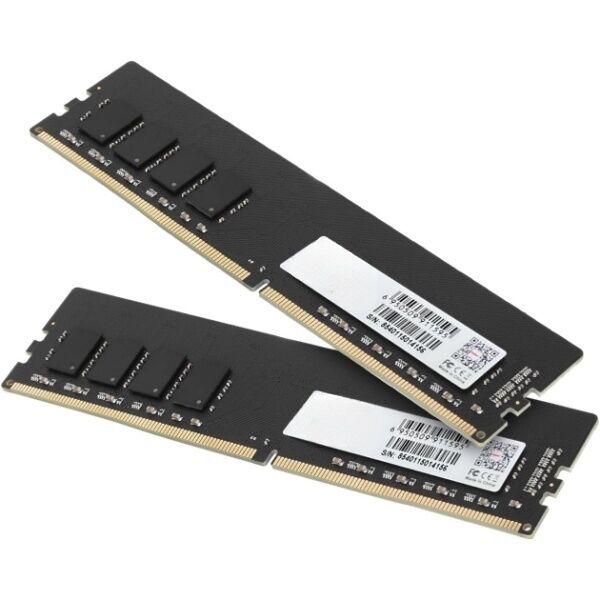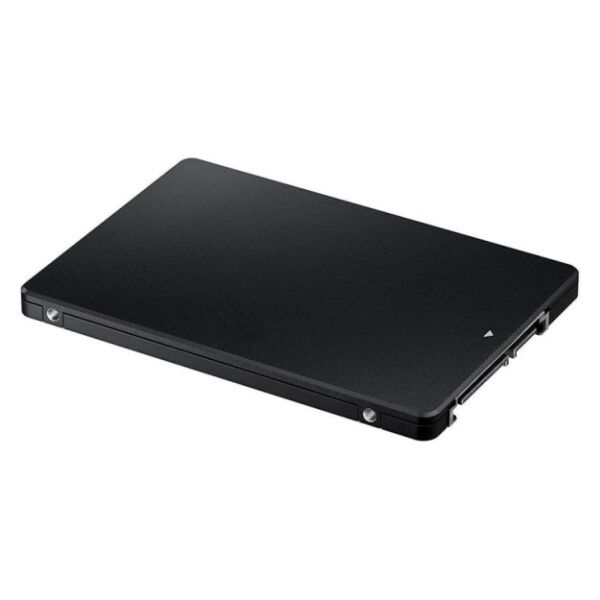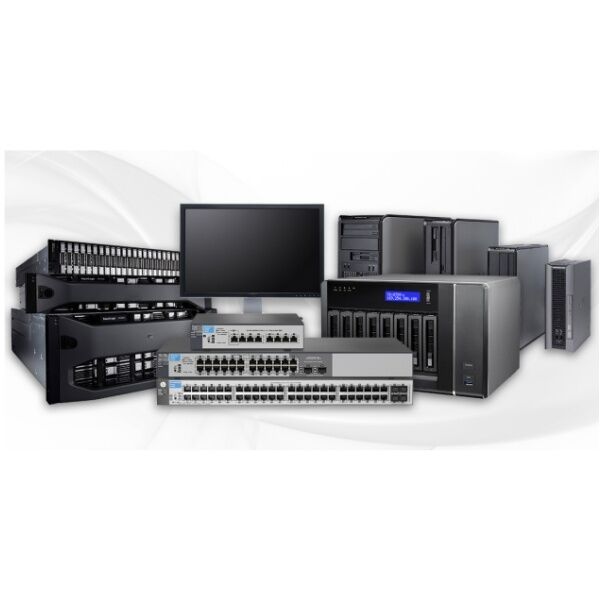the fiber switch
A fiber switch is a sophisticated networking device designed to manage and direct data traffic in fiber optic networks. These switches operate at the data link layer of the OSI model, providing high speed data transmission through fiber optic cables while maintaining signal integrity over long distances. The device intelligently directs data packets between connected devices, ensuring optimal network performance and efficiency. Modern fiber switches typically support multiple data transmission protocols and speeds, ranging from 1Gbps to 100Gbps, making them versatile for various networking requirements. They incorporate advanced features such as Quality of Service (QoS), Virtual LANs (VLANs), and port aggregation capabilities. These switches are equipped with various port configurations, supporting different types of fiber connections including single mode and multimode fiber interfaces. The technology enables seamless integration with existing network infrastructure while providing a foundation for future network expansion. Fiber switches are essential in data centers, enterprise networks, and telecommunications infrastructure, where they facilitate high speed, reliable data transmission with minimal latency.


